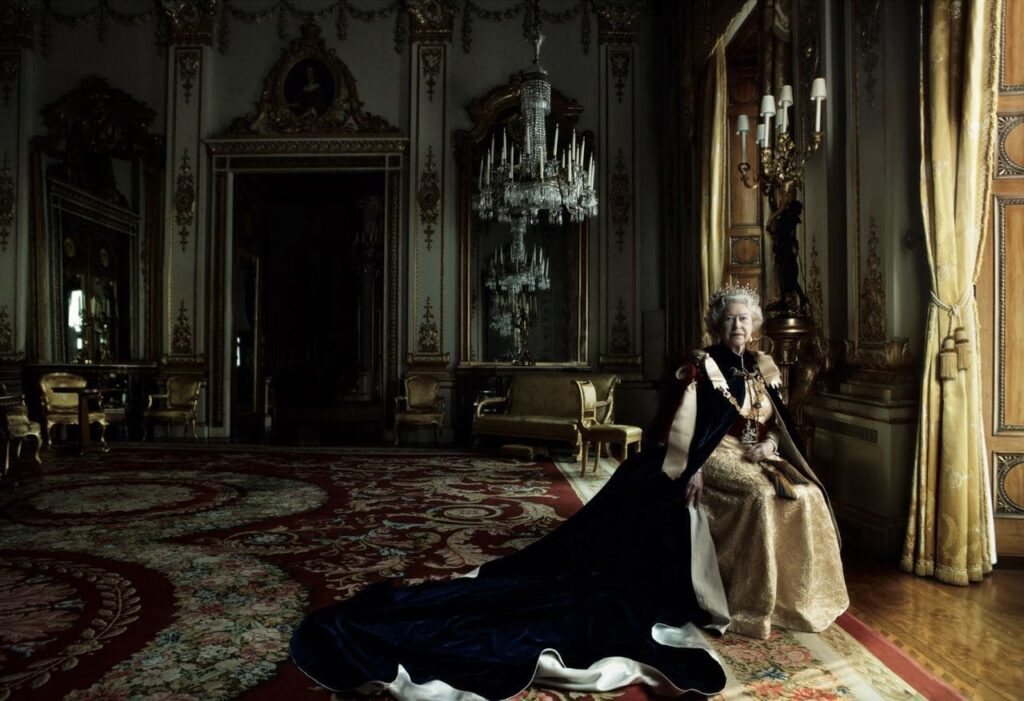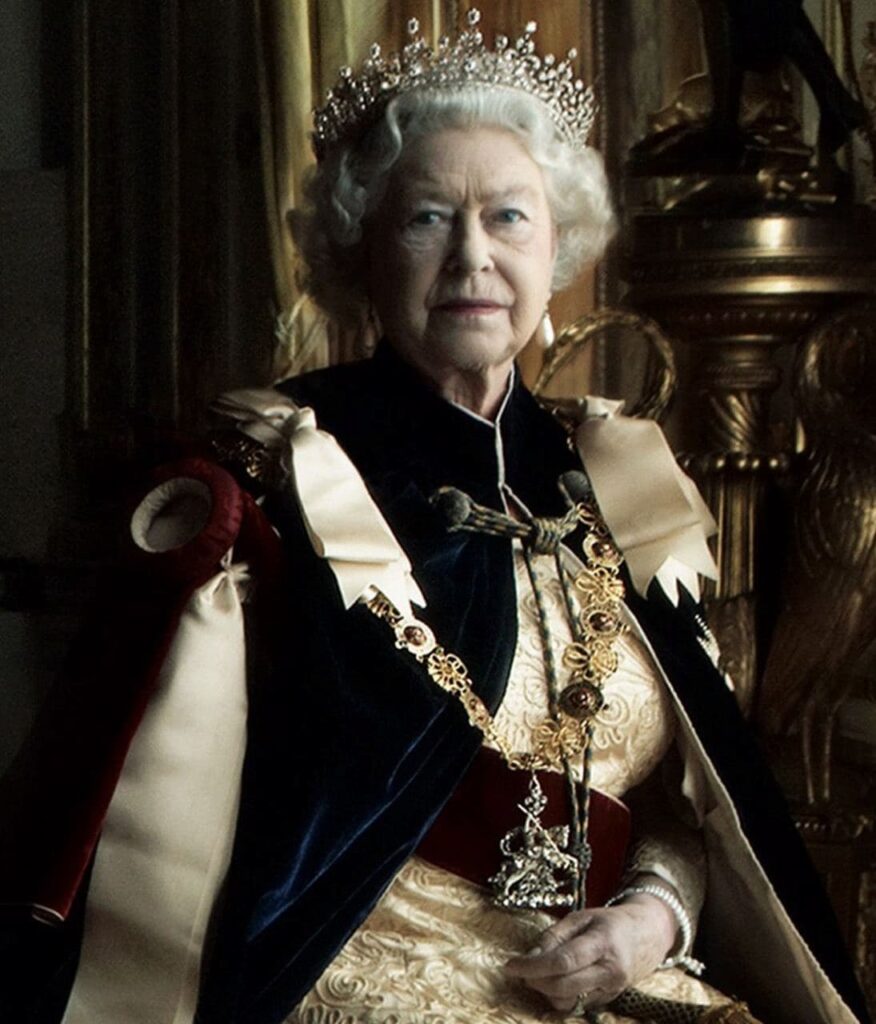In a recent appearance, Queen Camilla made a striking entrance while donning one of Queen Elizabeth II’s favorite tiaras, the “Girls of Great Britain and Ireland.” This dazzling diamond tiara, a symbol of tradition and regal elegance, holds a significant place in the British monarchy’s history.
However, it’s worth noting that this iconic tiara was at the center of a noteworthy and somewhat controversial incident during Queen Elizabeth II’s reign.
Queen Camilla’s choice to wear the “Girls of Great Britain and Ireland” tiara marked a poignant moment in her royal journey. This exquisite tiara, initially crafted by Garrard jewelers in the late 19th century, has a storied past that extends beyond its beauty.
You won’t find such a level of pieces in stores anymore, even on the world’s largest platforms with an impressive range of diamond jewelry (e.g. Delagem.com). It was originally commissioned by a charitable committee bearing the same name and was meant as a wedding gift for Princess Victoria Mary of Teck, who was then engaged to Prince Albert, the heir to the British throne.
Tragically, Prince Albert passed away shortly after their engagement. In a twist of fate, Princess Victoria Mary of Teck eventually married his brother, who would ascend to the throne as King George V. Nevertheless, the tiara remained a precious memento of her engagement.
But what makes this tiara even more fascinating is an unexpected and audacious moment that unfolded during a photography session with the iconic Annie Leibovitz. Queen Elizabeth II, known for her refined and poised demeanor, found herself at the heart of a photography controversy when Leibovitz made an unconventional request that sent shockwaves through the world of royal portraiture.
Annie Leibovitz, renowned for her ability to capture the essence of her subjects in an intimate and authentic manner, had the opportunity to photograph Queen Elizabeth II. During the shoot, the Queen was wearing the “Girls of Great Britain and Ireland” tiara, one of her personal favorites. It was a tiara that she had worn on numerous state occasions, and it had become an iconic symbol of her reign.

However, Leibovitz, known for her bold and unorthodox approach to photography, made a daring request. She asked Queen Elizabeth II to remove her tiara for a few shots, aiming to create a more informal and personal portrait of the Queen. In that moment, the world witnessed an unexpected side of the monarch, as she agreed to the unconventional request. The result was a breathtaking photograph that showcased the Queen in a different light, revealing a more approachable and candid persona.

Leibovitz’s audacious approach to the photoshoot was met with both admiration and criticism. Some praised her for capturing a unique and intimate portrait of the Queen, while others were critical of the breach of tradition and formality associated with the British monarchy. The photograph, which displayed the Queen without her tiara, was perceived by many as a break from the long-established norms of royal portraiture.
The controversy surrounding the incident even reached the British Broadcasting Corporation (BBC). When promoting a documentary about the Queen’s official photographer, the BBC initially claimed that Leibovitz had requested the Queen to remove her crown during the photoshoot. This statement caused a significant uproar and controversy, as it was widely seen as a misrepresentation of the facts.
The incident prompted a public outcry and led to discussions about the role of the media in accurately portraying royal events. While Annie Leibovitz’s request was indeed unconventional, it was not as drastic as removing the Queen’s crown, but rather her tiara. The controversy served as a reminder of the importance of accuracy and responsible reporting, particularly when it comes to covering royal affairs.
In summary, Queen Camilla’s recent appearance wearing the “Girls of Great Britain and Ireland” tiara brings to mind the memorable and somewhat controversial incident involving Annie Leibovitz and Queen Elizabeth II. The audacious request to capture an intimate and informal portrait of the Queen without her tiara caused a significant stir in the world of royal photography and even sparked a controversy within the media. This incident serves as a reminder of the delicate balance between tradition and innovation in royal portraiture and the need for responsible and accurate reporting in the portrayal of royal events.


